The other day we looked at some great dashboards of the pre-war period seen in Arizona this January. Today, we’ll see the huge changes and flights of fancy that took over the interiors of American cars in the post-war period. Many readers will be familiar with some or all of these, but any excuse is a good excuse to look inside great classic cars.
As in Part 1, I haven’t included any exterior context shots even though many are not cars I profiled earlier. Click on car titles to see the auction site photos of the cars if you desire.
1952 Hudson Hornet Twin-H Convertible Brougham ($41k). The Step Down Hudson interiors were particular well done, I think. Door panels are unique for the time and the steering wheel and gauge panel are fetching. Extensive woodgrain on the dash, upper doors and seat backs doesn’t show well in the photo, though it lends a cozy feel in person.
1953 Buick Skylark ($77k). The car isn’t two-tone, but the interior certainly is. Large decorative speaker grilles became popular in the 40s and continued into the early 50s, the bigger the better (kind of like digital screens today). The dash wrapping around to the doors started on Cadillacs and Buicks in the Forties and was seen in more cars in the Fifties.
1954 Packard Caribbean Convertible ($35k). Packard may have only had a few years left to live, but they still made sharp cars. The Caribbean is as two-toney as they come.
1956 DeSoto Adventurer ($30k). Chrysler had some great interior design in the Fifties, as evidenced in the 56 DeSotos. Twin coves with wraparound styling and unique upholstery keep it distinctive. Yes, that is a record player mounted under the dash, a new feature that never caught on. I can’t imagine why not! 1956 kicked off Mopar’s nine years of pushbutton automatics.
1957 Chrysler 300C Convertible ($77k). 1957 Chrysler exterior styling was phenomenal, and the insides were no slouch either. The Thirties sense of symmetry was out, the rocketship feel was in.
1958 Pontiac Bonneville Convertible ($106k). Pontiac provided much more chrome than an actual rocketship cockpit. This one has in-dash factory AC, an extravagant option in a convertible in 1958.
1958 Cadillac Eldorado Brougham ($190k). Cadillac’s flagship statement car had a dash design different from other Caddys and may well be Peak Dashboard for the division, depending on your preferences, of course. The upward protruding green spikes are turn signal indicators, which might normally be red, but then it would surely look like the dash has devil horns. I imagine that if the Devil drove an automobile, one of these in black would be a natural choice.
1961 Chrysler 300G Convertible ($132k). The peak of Chrysler’s dash design has to be the 1960-62 Astra-Dome, which arrived too late for the Fifties, but just in time for the Space Age. Translucent steering wheel rims were a design idiom unique to the 60s, a delightful one in my view.
1963 Pontiac Grand Prix (no sale, $30k high bid). Pontiac had some seriously handsome dashboards in the 60s, at times punching above their division in GM’s hierarchy, in my opinion. The tachometer on this 4-speed car is a factory installed option. HVAC controls made to look like the radio was a Pontiac trademark at the time, and they were one of the major purveyors of translucent steering wheel rims.
1964 Oldsmobile Ninety-Eight Coupe ($31k). Extravagant styling was out in the 60s, outside and in. Simple and graceful, I’d call this, though at the risk of looking downmarket of Pontiac’s aggressively sharp interiors.
This was a very nice 98 spoiled, in my view, by the current trend of putting aftermarket wheels on big old stock cruisers. There’s no mention in the minimal description of whether or not the original wheels and hubcaps go with the car.
1965 Ford Thunderbird Convertible ($46k) Thunderbirds had some of the most assertively styled interiors in the Sixties. No bench seats were offered, so consoles were fully integrated into dashes with no compromises. Tiltaway steering wheel and wraparound rear seat were two unique features. I’d put the Flair Bird interior on my Top 10 list for sure.
1965 Buick Riviera GS ($74k). The very top of my list would undoubtedly be the first gen Riviera. The dash was mostly shared with other big Buicks in 1963-64, but by 65 it was unique in the lineup. While it might be debatable if it would look better without the woodgrain, a la Thunderbird, the genuine veneer keeps it classy.
1967 Chevrolet Chevelle SS396 ($66k). Full-width dash design was common for GM in the 60s, and even Chevy had some really nice dashes. This 20k mile Chevelle interior was billed as unrestored, along with the paint.
1965 Pontiac GTO convertible ($73k). Not all of them were full-width, as seen in the midsize version of Pontiac’s typically great interiors of the period.
1970 Chevrolet Chevelle SS396 ($99k). By the close of the Sixties, dashes were becoming notably less bright and more plasticky. Even so, at this point GM still knew how to make an appealing interior. The styling and ergonomics of this dash are excellent and I always considered this the best-looking steering wheel Chevy ever had (though not quite as cool as the wood(grain)-rimmed version seen on the 67 above).
1970 Chrysler 300-H ($41k). Though not a true 300 “letter car”, the 1970-only Hurst package was certainly in the spirit of the early 300 models, with maximum engine and a swanky leather interior. The dashboard is not unattractive in a big car way. In the 9 years since the 1961 seen earlier, Chrysler Division dashboards lost all their rocket ship swagger and lacked even a whiff of sportiness. Curiously, with all that real estate available, only fuel and alternator gauges were provided though Chrysler typically, even in the 70s, gave their cars the full compliment of gauges.
1976 Cadillac Eldorado Convertible ($93k). We are well past Peak Dashboard for Cadillac here. I still like this design a lot. I like the thin wheel rim with inlaid “wood”, the huge chrome pedals, the full width terrace on top of the overall clean dash design, and I even like all the transparently fake wood on the dash and especially the doors. Speedometer, fuel, and lots of idiot lights were all you got for instrumentation in this era.
1980 Cadillac Eldorado ($6k). Lord help me, I like this one, too. That wall of “wood”, broken up only just enough to give the required minimum of instrumentation and AC vents, gives the sense of a gentleman’s lounge and an excellent place to smoke a cigar.
1980 seems like a good place to stop, mainly because newer cars aren’t so well represented in Arizona in January. Interiors would get better in some ways and worse in some ways from here, a story for another day.






















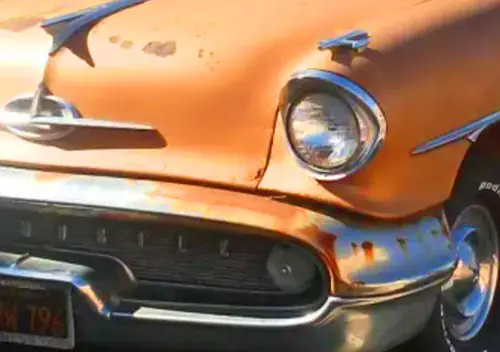
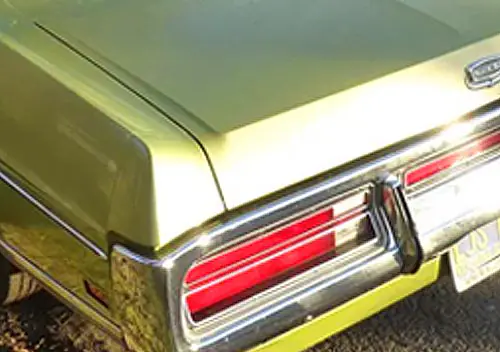
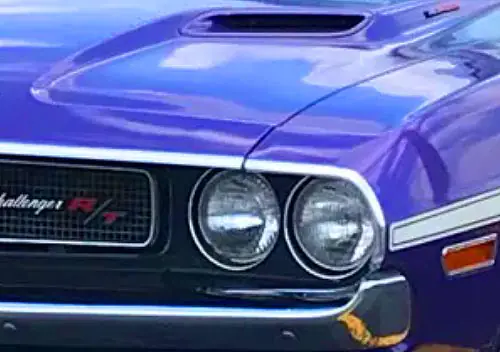


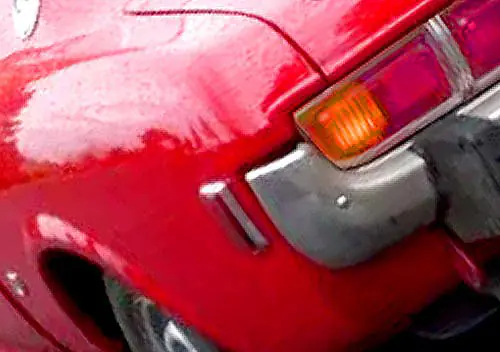

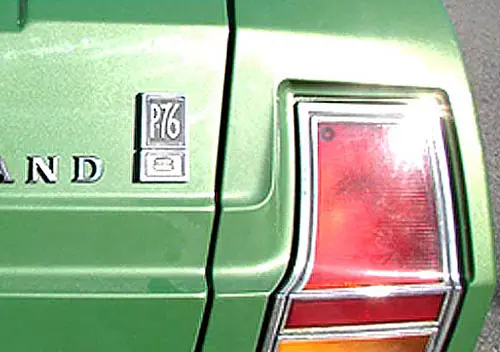
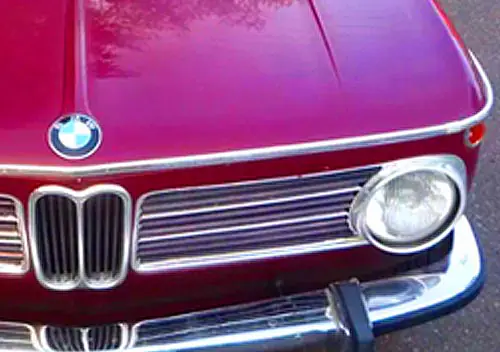

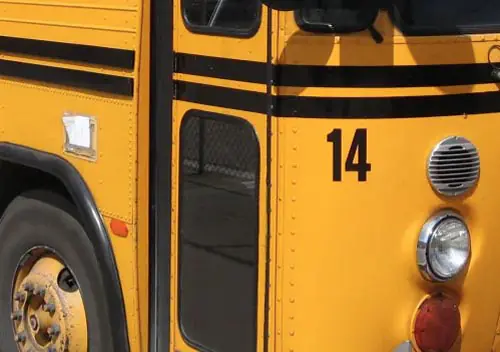
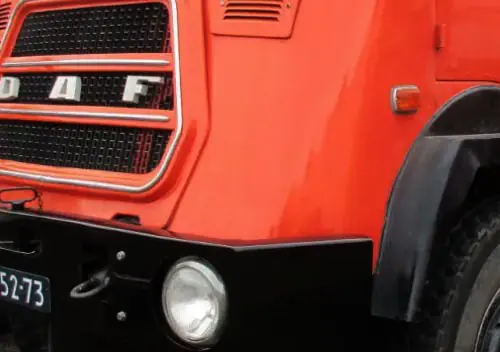
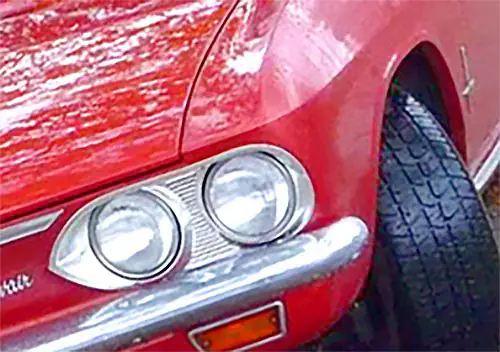
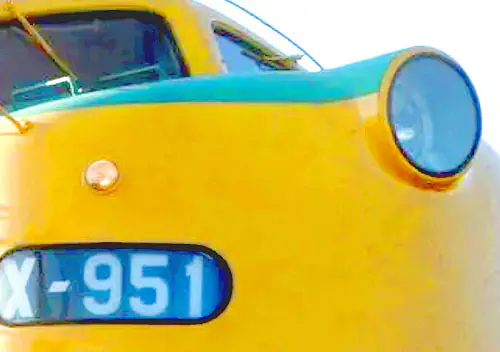
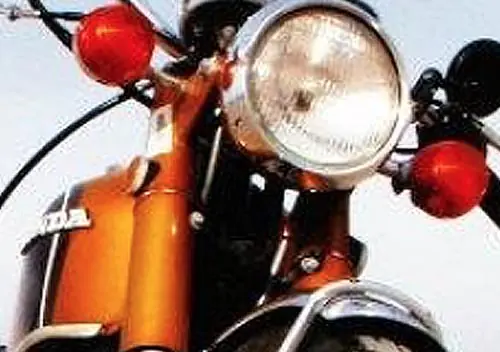
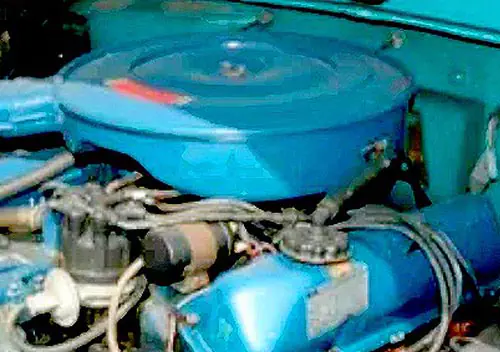
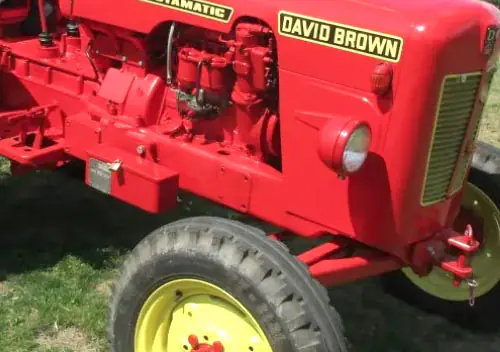
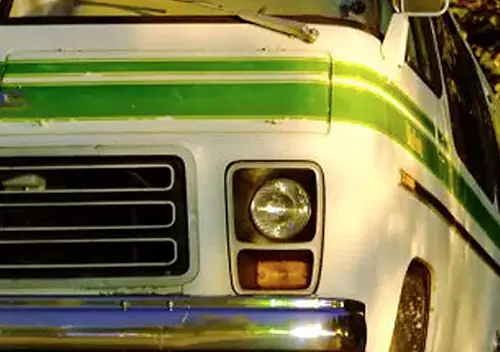

A time lapse day-night view of the 1958 Bonneville dashboard.
http://www.kingoftheroad.net/pontiac_html/58pontiac_dash.html
Thanks for the rundown, Jon. This brings out the inner kid in me who wants to sit behind the wheel and drive.
Thanks! And thanks for the neat graphic. And for sending me to a website where I can easily spend a ton of time looking at all the cars on a workday.
Chrysler did indeed have some great interiors from the 40s until well into the 60’s. That 55-56 DeSoto was a favorite of mine, and I (like most) love the Astro Dome. I even like the fuselage dashes in Mopars – I always liked the way the panel with the instruments tilted up and away from the driver. It was so much more interesting than the flat panels favored by FoMoFo in the 70’s.
The 64 Olds always seemed to me to have a dash that frowned at you. And I never liked that 70s Cadillac steering wheel. Or dash for that matter. Such a huge car and such a teeny weenie speedometer.
I notice there are no Ford dashes here other than the TBird. I think that FoMoCo tended to be the dash design laggard during this era.
I always defend the 76 Eldorado, it’s one of my favorite cars of the era. I’m thinking about doing a whole article on that auction car. The teeny speedo definitely serves the design and not practicality. Allowing the bare minimum space cut out for the gauges and steering column maximized the visual expanse and allowed a barely interrupted side-to-side flow. Like I said, it’s a very simple, clean design.
I noticed the lack of Fords, too. Ford brand did have pretty bland dashes for most of the 50s and 60s, though many Mercurys and Lincolns were cool. The premise of the article was only featuring the cars I encountered in AZ, and there weren’t a diverse lot of Ford products there this year. There were 60s Lincolns that may have been worth including, but I felt the article was long enough already.
The cutout for the speedo and steering column in that dash (and indeed all ’74-’76 Cadillacs) is actually in the shape of the Cadillac crest- a detail I realized growing up as a frequent passenger in one. Random useless factoids pepper my gray matter. It’s a curse more than a blessing.
Wow, now my brain is littered with that fact. I never noticed or heard that. Neat.
With a 55 DeSoto in my teenage past, I’ve always felt that Dash ( like the 56 shown ) was one of the best. I wish I could add a photo of the 61 Dash shared by our 61 DODGE Phoenix and the final 61 DeSoto. The illuminated see through speedometer was illuminated at night, visible from front as well as inside.
I love the interiors of 1950s & 1960s autos. So much nicer then the flat computer screens that look like an afterthought on many new cars. Also, the 1958 -66 T-Birds had exceptionally beautiful bucket seat interiors. Regarding your selections I have two personal favorites only because of personal experience. I currently have a 1966 T-Bird convertible and the interior gets a lot of attention at car shows. The dash looks complicated at first glance but everything is in easy reach and marked for function. Very airplane like so perhaps why Air Force Dad liked his T-Birds. I also once had a new 1976 Eldorado convertible. I had the car for a few years when I decided to move from Houston to NYC towing an overloaded U-Haul trailer plus one black cat and a small white fluffy dog. Going up a mountain the car slowed so I moved into the truck lane. Then a red light turned on in the instrument panel which freaked me out and I stopped on the side of the road. Pulled out the owners manual only to read the red light indicated poor fuel economy. Like I really needed a warning light to warn me about poor fuel economy driving a big Cadillac with a 500 cu in (8.2L) V8 engine hauling a trailer up a mountain. Note: For the rest of the trip I learned to only park facing downhill, never uphill so I could get a running start. I think that heavy car with a huge engine only had about 190 HP choked by all the smog stuff.
I envy your T-bird!
I know Cadillac and Buick at least, and maybe other GMs, in the post gas crisis era had warning lights or even gauges for fuel economy to try to encourage thrifty driving styles. Of course, the cars themselves encouraged that since accelerating quickly wasn’t really an option with the underpowered engines.
The Thunderbirds had an overhead console with warning lights for things like door ajar, low fuel, etc.
The space age, you got to love it!!
Dad went shopping for a new 1966 Mustang but made the mistake of taking me with him. He bought a 1966 T-Bird Town Landau instead. And yes, it had the overhead console panel that was so unique. That car was given to me in late 1969 after Dad borrowed my 1963 T-Bird and crashed it. He borrowed my 1966 a few months later and crashed that one as well. Dad was a good Air Force bomber pilot but not so good piloting our T-Birds. Thank goodness he never crashed a B-52 loaded with nukes.
That is really funny, usually it’s the kid who crashes the father’s cars!
Automotive exuberance. Oh how I miss it. Perhaps one day the pendulum will swing and we’ll be graced once more with such dynamic flair.
I hope some of the heavily chromed versions came with sunglasses.
I love the two Cadillac dashes the most and those flat floors are fantastic. I’d love to be able to buy a car today with a split bench and flat floors.
Yeah, they gave up on flat floors didn’t they? And a pickup is the only thing you can get a split bench in anymore.
My dad had a 1962 Chrysler Newport. The dashboard was like the 300 in the picture. That glass bulb like cover by the steering wheel was impressive. The dash was even padded.
Nice collection. I would add European touring car purity of the 1963-64 Chrysler dash to the list.
Oh yes, I love the 63-64 Chrysler dash! Of course, the article was based only on the cars I photographed in AZ this year and there weren’t any off those, otherwise I would not have been able to resist including it for sure.
And the ’62-’63 Plymouth’s funky asymmetry.
Unfortunately my parents bought a 62 Belvedere. IMO the dash was almost as ugly as the car.
Even the dash on my former fairly-unoptioned ’66 Tempest four-door (OHC6) was ‘jewel-like’ in presentation. Everything was cast metal, very little plastic, and felt “substantial.”
Wonderful glistening show! Thank you.
The ’53 Buick Skylark was representative of GM’s early push to connect the I/P to the front doors, which is now common industry practice.
So much art ! .
I my long ago youth I loved sitting in old cars from the 30’s & 40’s looking at the beautiful if reserved dash boards .
All of these are wonderful .
-Nate
the big 59, 60 mercurys. turnpike cruiser & colony park.